What did just make Australia's shores glow blue?
Recently, the residents of the Australian island Tasmania witnessed an amazing phenomenon . The water in River Derwent turned brilliant blue, thanks to the millions of dinoflagellates – bioluminescent plankton that glows when disturbed. This article will explain you what bioluminescence is and how living organisms, including dinoflagellates, use it.
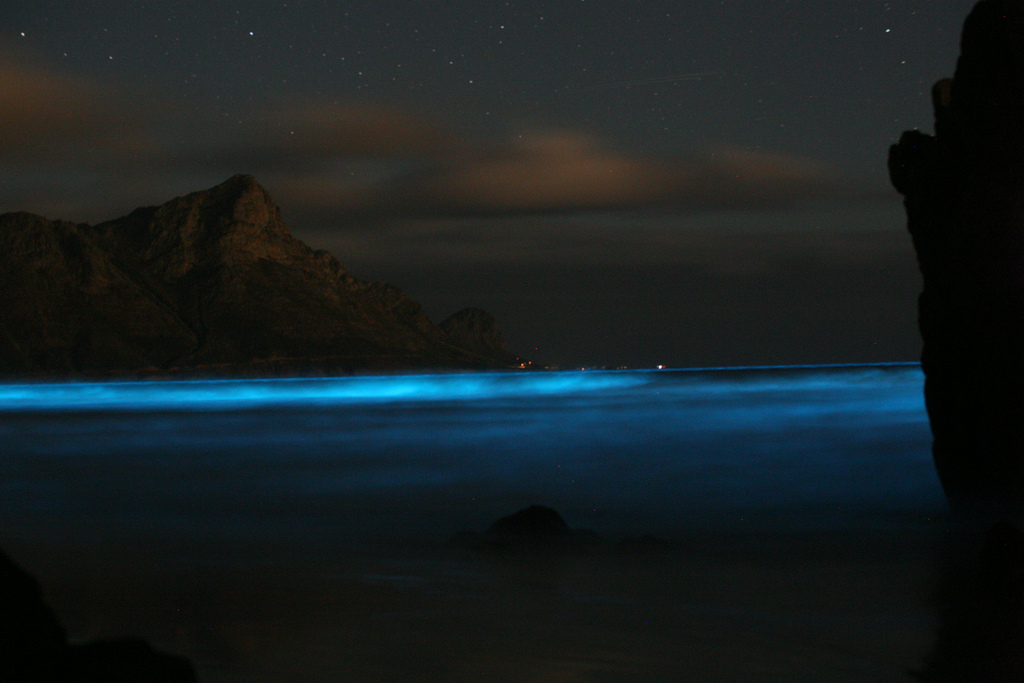
Photo by BMC Ecology / CC BY NC-ND
##First of all, what is luminescence?
To understand bioluminescence, we first need to get a good grasp of what luminescence is. Think of light and the ways it gets produced. What is the first thing that pops up in your head? Depending on where you are at the moment — outside on a sunny day or inside in an artificially lit room — the answer will probably be either the Sun or the light bulb. Even though both of them generate light, none of them is luminescent — assuming we are talking about regular light bulbs. Instead, they are incandescent: that is they glow when heated.
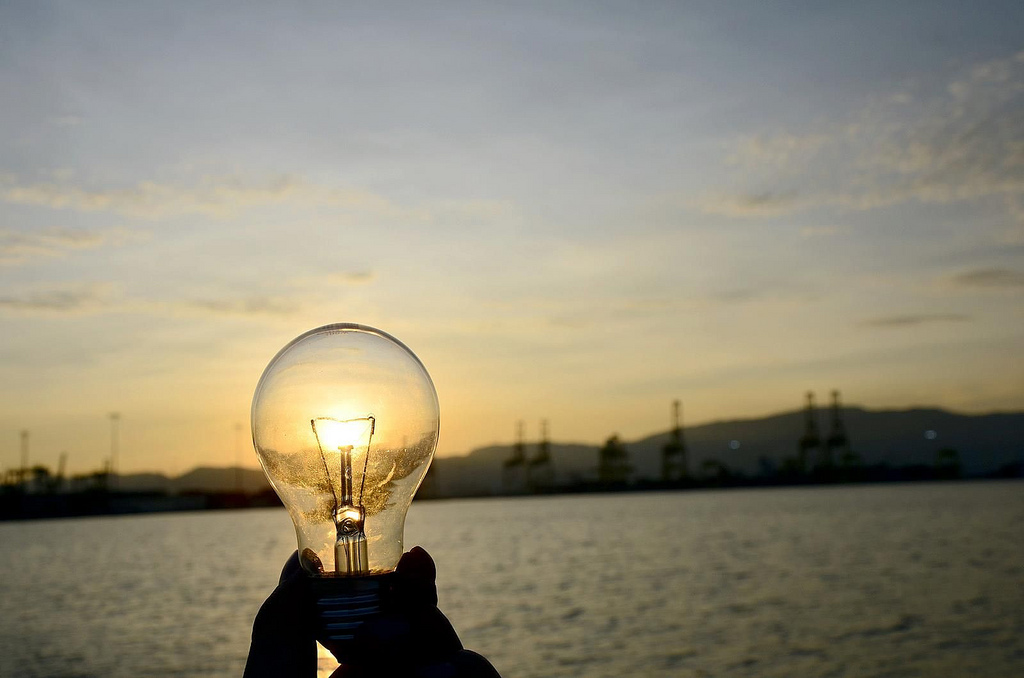
Photo by IntelFreePress / CC BY-SA 2.0
Unlike incandescence, luminescence does not need any heat to produce light and is, thus, often called “cold”. In both cases, the mechanism of light generation is similar: electrons absorb some form of energy and then release it as photons upon relaxation to their original low-energy state. Yet, in incadescence the atoms are so hot that their energised electrons can break loose and jump from one atom to another before relaxing, while in luminescence they drop back without leaving the atoms. Both processes last until the supply of energy is stopped.
##What about the “bio” part?
Depending on how electrons are energised (or, excited), there are different types of luminescence, and bioluminescence is just one of them. Specifically, it is a subtype of chemiluminescence — the emission of light triggered by the absorption of energy given off in a chemical reaction — but occurring in biological systems. Other triggers include electric current (electroluminescence), mechanical stimulation (mechanoluminescence), absorption of light (fluorescence and phosphorescence), and ionizing radiation (radioluminescence).
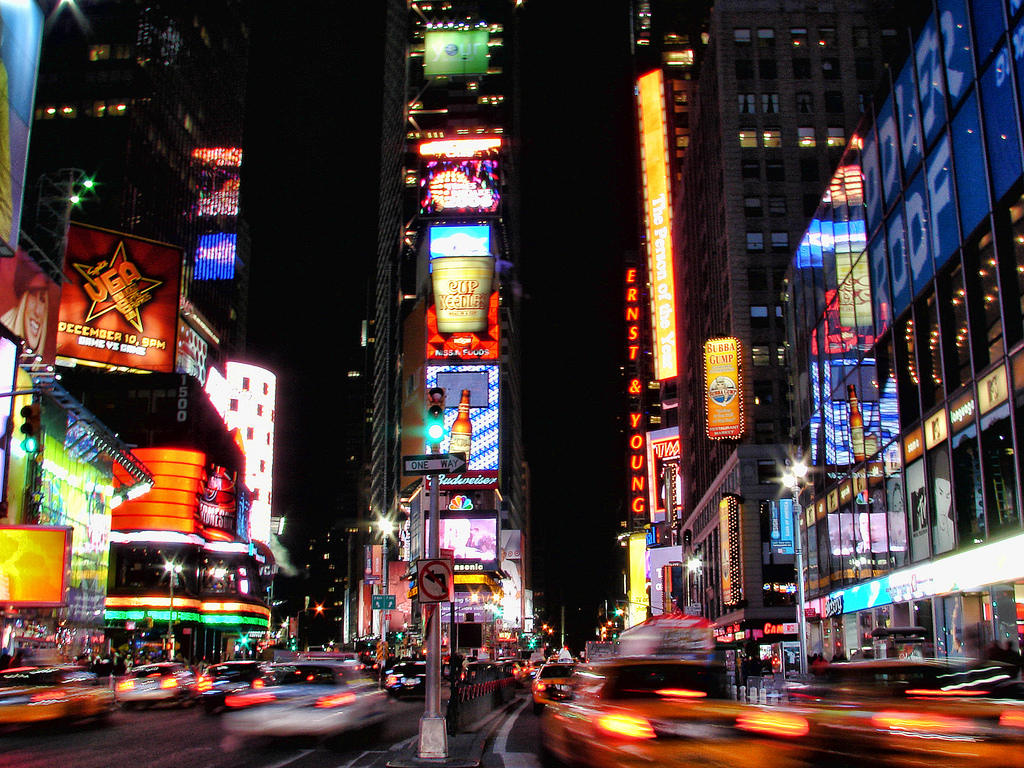
Photo by Diego3336 / CC BY 2.0
Think of neon billboards or panel lightning in your car: that’s electroluminescence. Shine UV light on a white shirt that’s been washed in detergent: the optical brighteners in its formula will start to fluoresce. Bend a glow stick and then shake it – that’s chemiluminescence at work. Picture fireflies on a dark night — these creatures bioluminesce just as dinoflagellates do.

Photo by Danny Guy / CC BY-NC-ND 2.0
##Mechanism of bioluminescence
At least two things are needed for bioluminescence to take place: a compound called luciferin and a “helper” molecule luciferase. Both names are actually generic. Derived from the word “Lucifer” which means the light-bearer, they may vary in structure depending on the type of biological organism at work. Luciferins, which define the color of emission, are often rigid, highly conjugated molecules with delocalized electrons, while luciferases are enzymes.
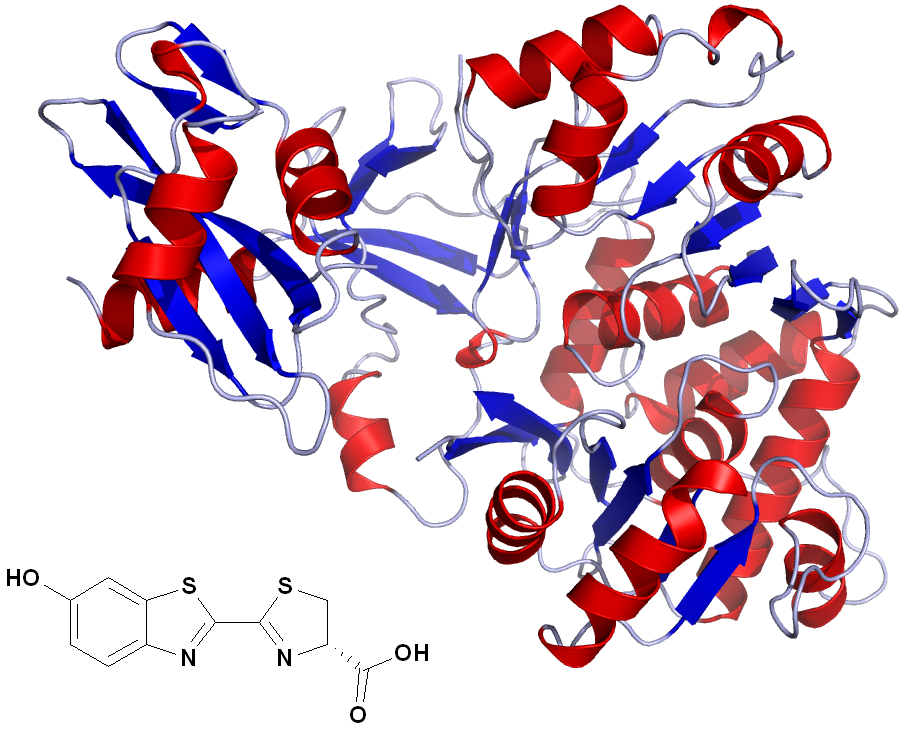
“Firefly luciferin (bottom) and luciferase (top)” by Anton K @ MEL Science
The latter catalyzes the oxidation of the former, during which the energy is released, absorbed by the product oxyluciferin thus exciting it to a higher energy level, and then emitted in the form of light when oxyluciferin relaxes back to its normal low-energy state. A simplified reaction is the following:

“Oxidation of luciferin” by Anton K @ MEL Science
The presence of Mg2+ and Ca2+, as well as adenosine triphosphate (ATP) which supplies energy for the oxidation to take place, is often needed for luciferases to work. In dinoflagellates the mechanism is even more peculiar: its luciferin, which looks like chlorophyll, is inside special organelles and only gets released and oxidized when the acidity of the organelle drops down. The latter is achieved when proteins called ion channels open up and allow the influx of protons inside the cells.

“Chlorophyll c1 and luciferin of dinoflagellate” by Anton K @ MEL Science
##Applications
Besides dinoflagellates and fireflies, bioluminescence is widespread in other forms of life, especially among the deep-sea habitants. Living organisms use bioluminescence in defense, attraction, communication, and warning. For example, some squids that live in the deep sea break off their luminous arms that continue to flash to distract the predator. Fireflies use bioluminescence to draw mates, while some marine snails – to scare off predators, as do dinoflagellates. You can watch this video to learn about top 10 bioluminescent organisms:
As far as other applications are concerned, in ancient times, before the safety lamps were invented, coal miners used bottles with fireflies as a weak source of illumination while working underground.

Image by B Rosen / CC ND 2.0
Nowadays, scientists and engineers try to find the use for bioluminescence to solve some of the problems that humanity faces. That’s why it can be seen applied in experimental cancer treatment and even in the newly designed bacteria-containing lamps that may someday reduce the need for street lighting.
More information about it here:
See also

CASE STUDY - 8th Grade students at St Timothy's Catholic School use MEL Chemistry to enhance their science lessons
Saint Timothy Catholic School in Mesa is committed to promoting academic excellence in each child it looks after. They encourage self-discipline, self-respect, and respect for others. They understand the importance of engaging students in a comprehensive and relevant curriculum. As a result, the middle school science teacher from St. Timothy Catholic School is using MEL Chemistry subscriptions to enhance and expand their range of learning activities.
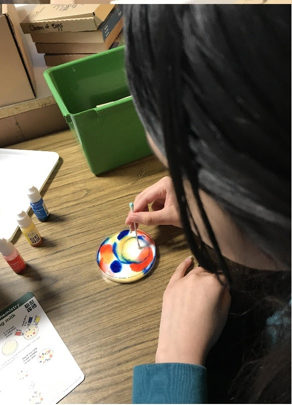
CASE STUDY - MEL Chemistry allowing pupils to reach their full potential
The Empower Learning Center is the Alternative Learning Program (ALP) within the Hinckley-Finlayson School District. They offer non-traditional education options for students ages 16-21 in their daytime program, night school for traditional high school students who need to make up credits, and night school for adults 18 and older who would like to complete their diploma or equivalency.
The school was seeking engaging, hands-on chemistry kits to make their science classes more interactive, and to help their students understand key science concepts and achieve their full potential in chemistry.

CASE STUDY - MEL Chemistry at Lund International School, Sweden
Emma Taylor, a science teacher at Lund International School (Sweden), has chosen MEL Chemistry sets as the best option for her students’ science classes. In Lund International School, all programmes are taught in English, and having chemistry sets in English are a great asset to accompany science classes.
Here, Emma shares her experience of how MEL Chemistry sets improved her students’ comprehension and understanding of science concepts.